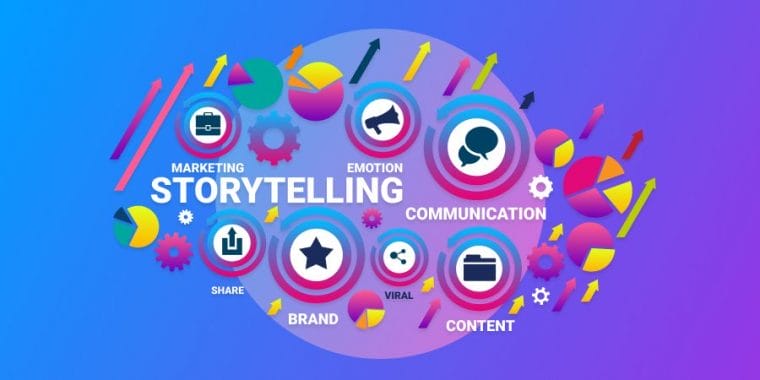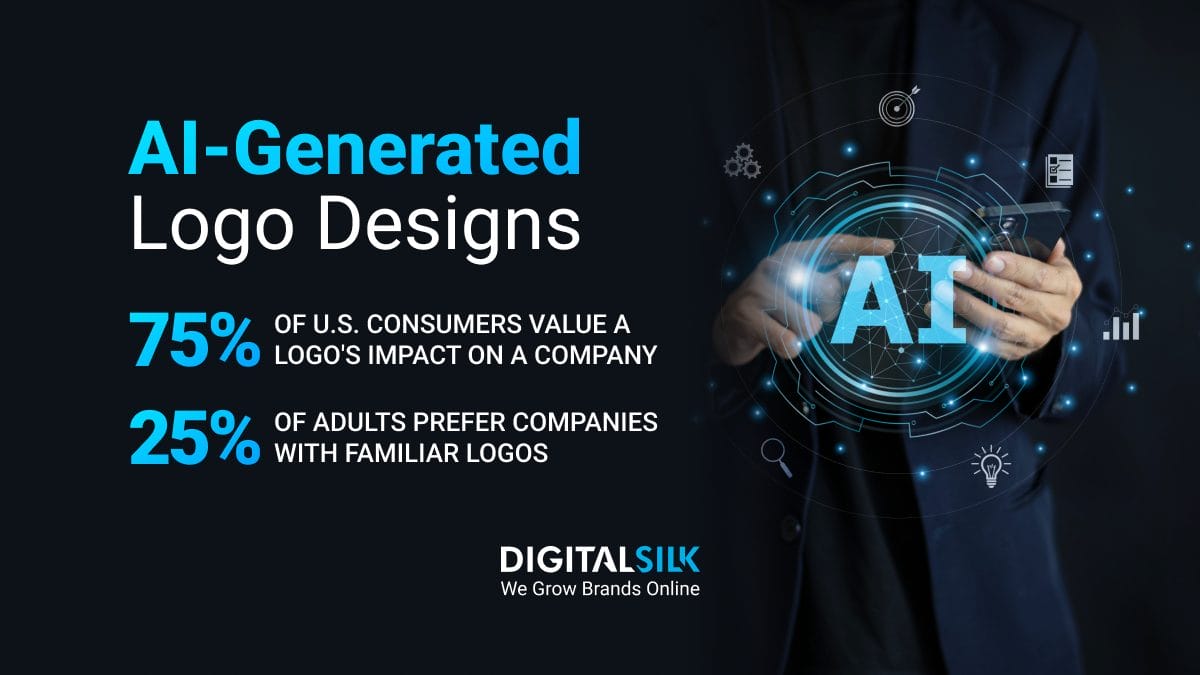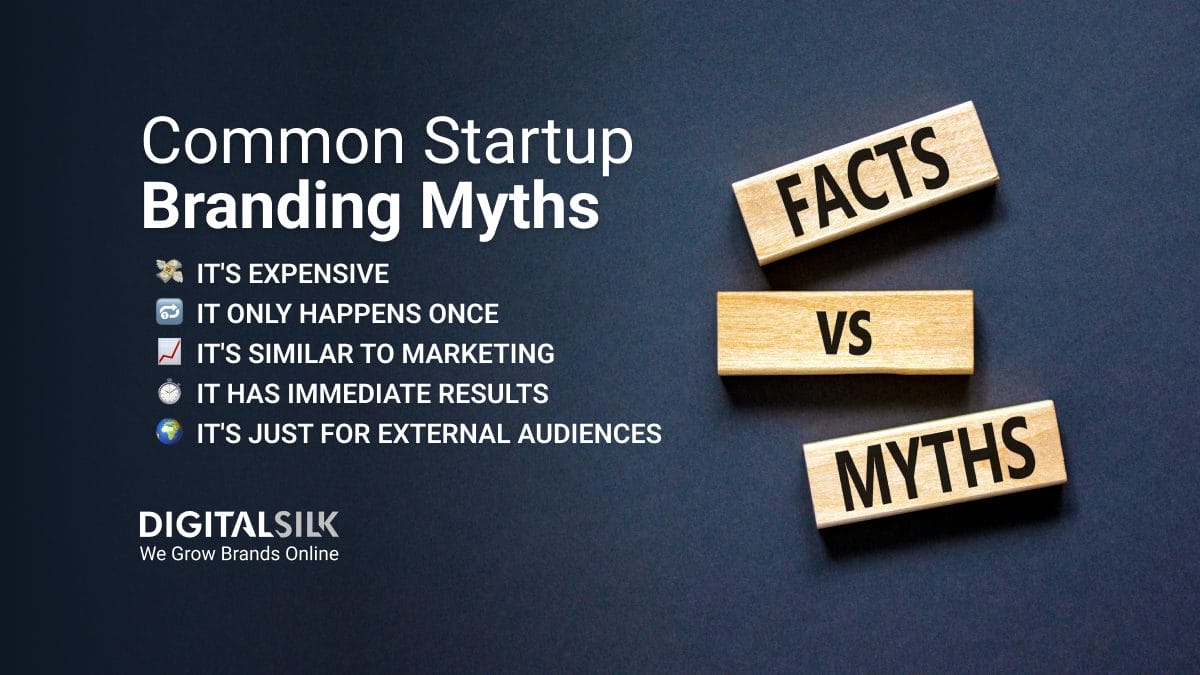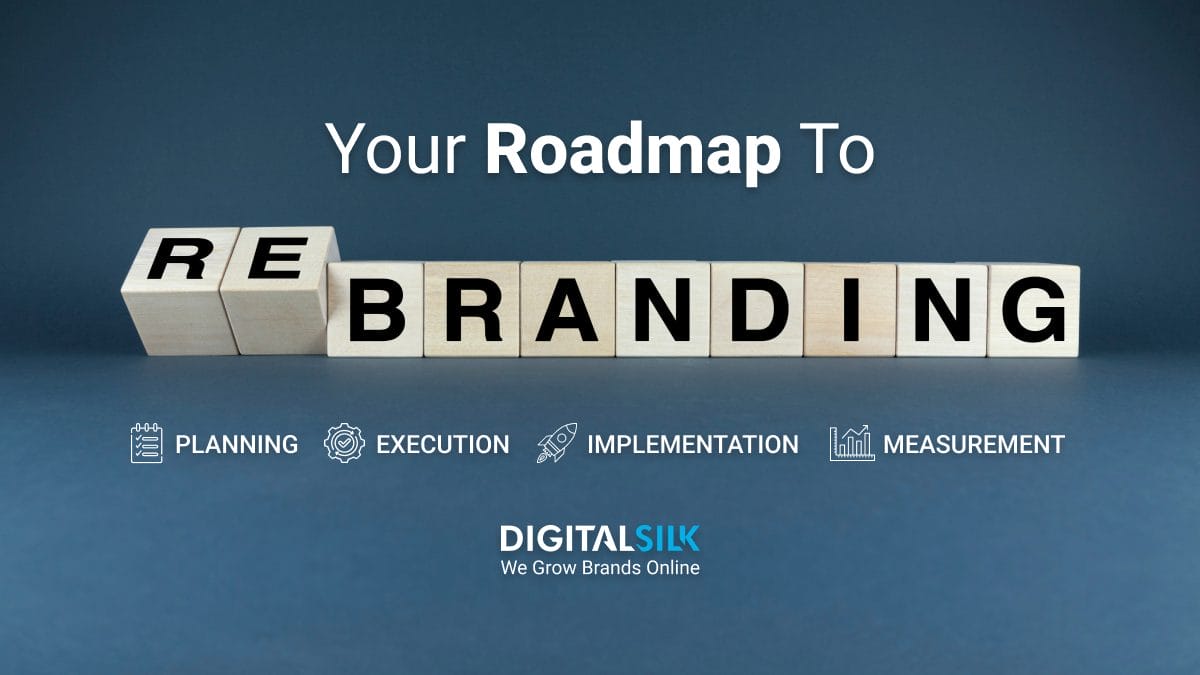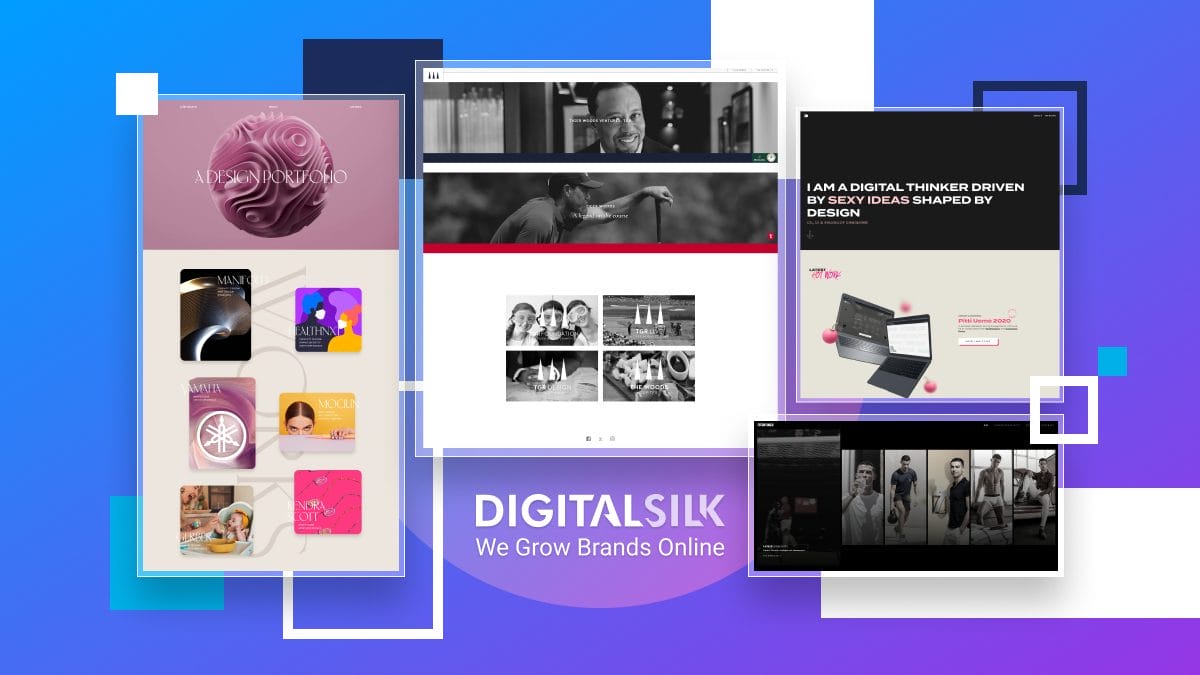When brands and businesses strike an emotional chord with their customers, they create lasting bonds and connections beyond a simple transaction.
With well-defined emotional branding, you can curate a loyal customer base that makes repeat purchases and even become advocates for your brand to others.
Since a notable 64% of consumers believe that brands should connect with them, tapping into the emotional side of branding has become increasingly important in today’s marketplace.
In this post, we’ll explore the pillars of emotional branding, highlight some notable examples and provide practical tips on how to effectively integrate this powerful strategy into your business.
What Is Emotional Branding?
Have you ever looked at a certain logo or heard an all-too-familiar jingle and instantly felt a rush of positive emotions or nostalgia? This can happen with well-known, everyday examples or even smaller, niche businesses that have gained a devoted following.
This is a perfect example of the power of emotional branding in action —harnessing customers’ emotions, values, desires, and preferences to create a lasting impact and forge a strong, meaningful connection.
When a branding strategy sparks an emotional reaction from users, they are more likely to make repeat purchases, trust their products or services and even recommend them to others.
When you consider Maslow’s Hierarchy of Needs, it’s clear why it’s such a powerful tool for marketers. The pyramid suggests that after our physiological essentials such as food, water and shelter are met, we seek psychological experiences to satisfy our higher-level needs.
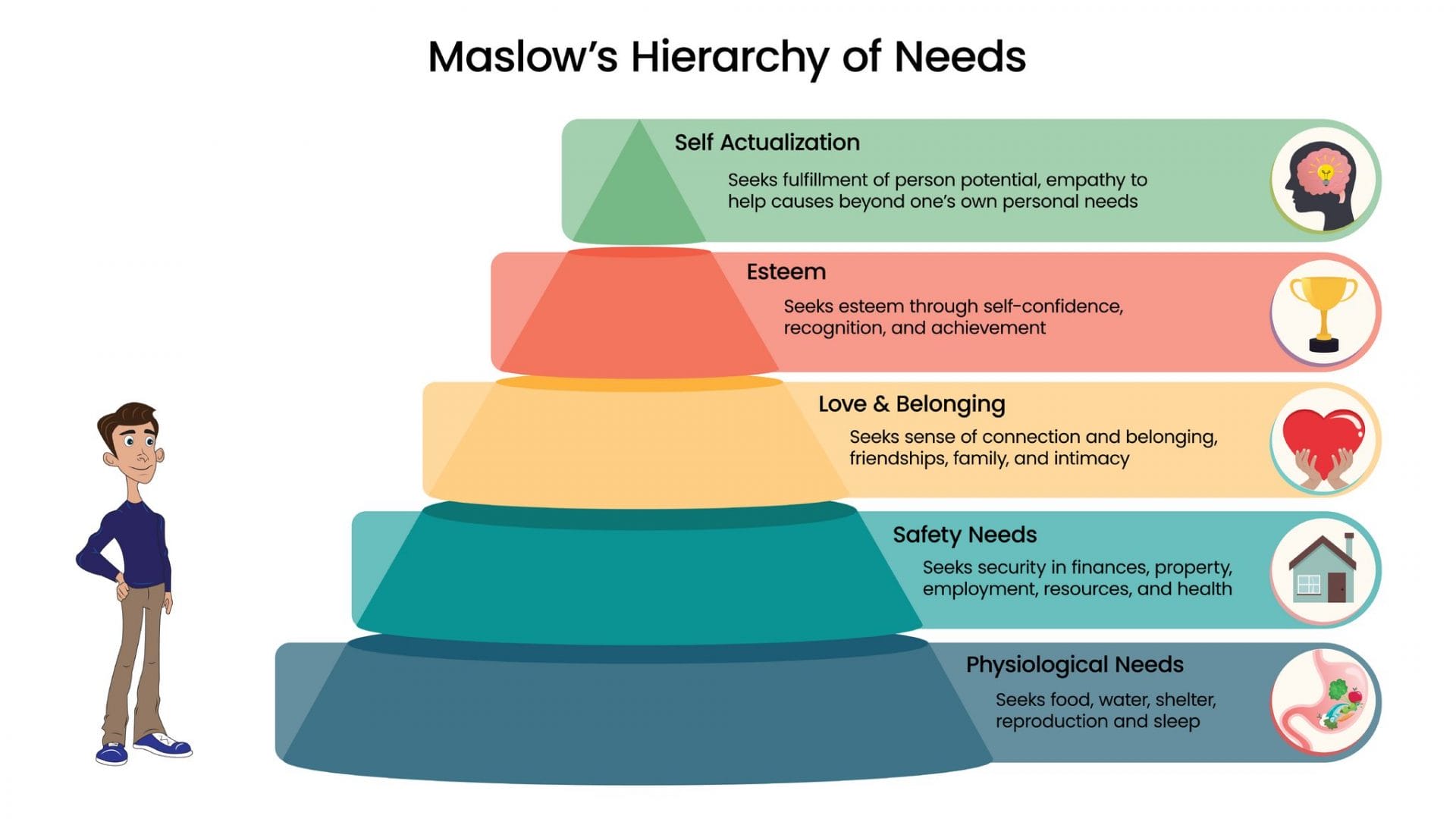
Through well-structured marketing strategies, businesses can fulfill these customer needs —fostering a sense of belonging, providing security and safety, and even boosting self-esteem.
Marketers try to evoke these positive associations through their brand voice, identity, visuals and overall user experience.
Why Is Emotional Branding Important?
As part of your brand’s guidelines, you should focus on building a strong emotional connection with your customers. It can be a highly effective marketing strategy for the following reasons:
1. Helps You Stand Out From the Crowd
In a crowded and highly competitive market, distinguishing your brand from the rest becomes increasingly challenging. Businesses in the same industry often have the same products or services, which leaves little room for differentiation.
But when you leverage a heartfelt message or craft a brand story that resonates with your target audience, you have a head start in the race. When there’s a powerful bond, people are more likely to choose your brand over others.
2. Fosters Stronger Relationships
These days, there’s no shortage of repetitive and overused marketing strategies with a seemingly cold or impersonal touch that’s heavily based on self-promotion.
In contrast, branding that speaks to consumers’ hearts tends to fare better in terms of maintaining lasting relationships and connecting with the target audience on a human level.
It’s a refreshing alternative that allows you to cut through the copycat clutter on the market and generate users’ loyalty and trust.
With the use of authentic and relatable branding and content, you can form a genuine connection with your clients that transcends current trends and thrives over time.
3. Improves Your ROI and Targeting
It’s no secret that marketing campaigns take up a significant chunk of businesses’ funding. With multiple channels and content outlets, there’s a lot at stake when building a positive brand association.
However, not all campaigns deliver the desired results, which ultimately leads to significant losses and a negative Return on Investment (ROI).
When you establish a solid connection with consumers, you’re more likely to increase your ROI and build a solid foundation for future business endeavors.
This connection also boosts customer retention, reducing the costs of onboarding new clients every time a new product or service is introduced.
Not to mention the fact that users will feel more inclined to recommend your services to others, which further increases the chances of customer acquisition and helps you build a brand that thrives in the digital age.
Successful Emotional Branding Examples
Since this concept is all about connecting with potential customers on a deeper level, it has become a key element in the marketing campaigns of some of the biggest brands out there.
Brands that use emotional branding help audiences feel heard, seen and understood in a packed digital market.
When your strategy is unique and relatable, audiences are more likely to engage with your message and be drawn to your products or services.
1. Apple’s “Think Different”
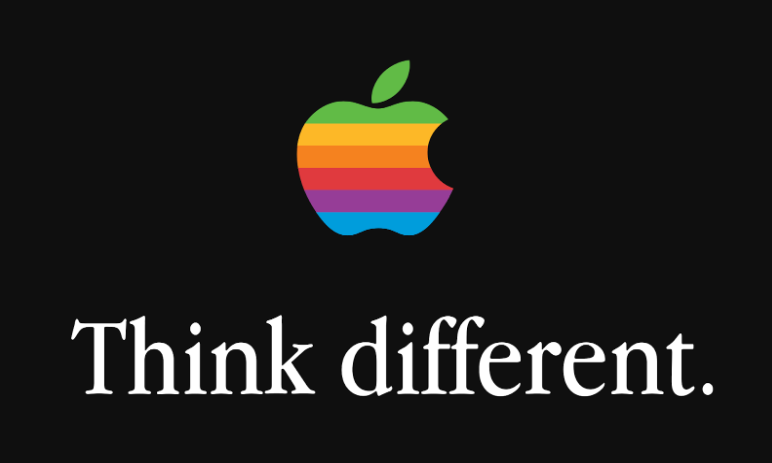
As one of the most recognizable names in the technology industry, Apple has gone through several branding changes since its establishment.
Each campaign has not only aligned with current market trends, but also introduced unique and innovative elements.
Their 1997 “Think Different” campaign was no different – featuring the signature Apple design with an eye-catching rainbow-colored core, it immediately captured people’s attention.
It wasn’t about promoting a specific product line either — it was all about emphasizing creativity, individuality, innovation and tailored user experience.
Back in the day, this campaign seemed like an absolute game-changer in the advertising sector.
It was all about self-expression and user personalization, striking an emotional chord with users seeking to define their identity and cement their spot in a rapidly advancing digital world.
People loved the campaign because it celebrated individuality and encouraged creativity.
2. Coca-Cola’s “Open Happiness”
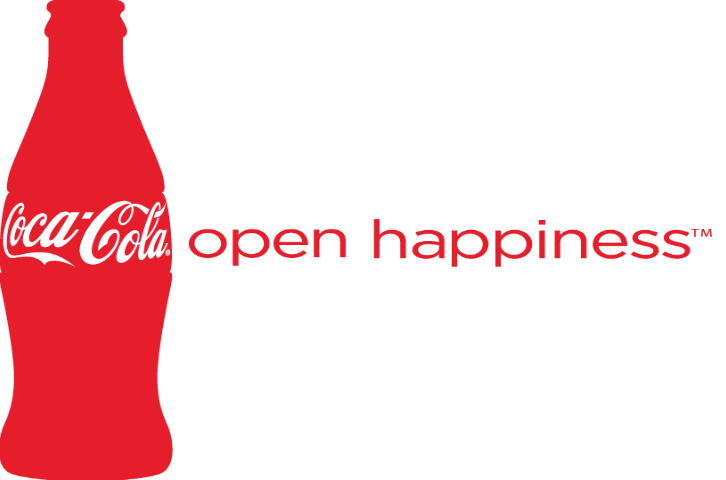
In 2009, people were still feeling the aftermath of the biggest global financial crisis since the Great Depression. Many businesses failed to ride the changing consumer tides, which meant losing loyal customers and experiencing minimal brand engagement.
Companies were trying to resonate with an audience with a heavy financial burden and economic hardships.
So, Coca-Cola decided to use these bleak marketing prospects to its advantage. At the heart of the campaign lies a simple yet powerful message: even in turbulent times, a sip of their drink can bring happiness.
This message wasn’t confined to just a slogan—commercials, billboards, and other visual media featured images of happy families and close friends enjoying their fizzy drinks together, reinforcing the idea of shared joy and connection.
Most of these ads had a meaningful story attached to them, with various scenarios depicting realistic life stories that people could relate to.
It wasn’t just about the drink itself and whether you like it or not, but rather about the feeling it evokes in people and the connections it creates.
3. Nike’s “Just Do It”

As an athletic apparel powerhouse, Nike has cemented its place in the sports and fitness industries. This simple phrase empowers and motivates people to do things they’re afraid of, to try new experiences and to think outside the box.
Our society is often limited by certain rules and conventions that may not align with current personal, financial or political values. In a world that’s plagued by restrictions, Nike sends out a rallying cry to people to fearlessly pursue their dreams.
While professional athletes were the main focus of the initial campaign, its core values and heartfelt message can resonate with people of all backgrounds.
The brand displayed athletes with various backstories achieving memorable milestones and exhibiting admirable performance. This inspired regular people to follow in their footsteps and take charge of their own lives.
The campaign’s undeniable cultural impact and signature branding propelled Nike’s revenue growth to new heights. This powerful narrative tapped into the emotional core of consumers and yielded tangible results.
4. Dove’s “Real Beauty”
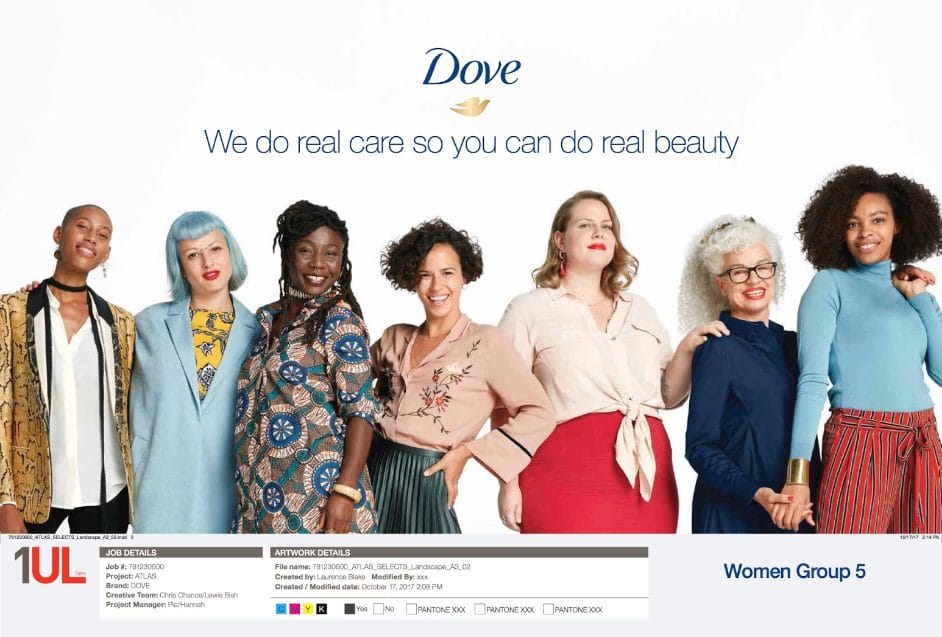
This groundbreaking 2004 campaign redefined conventional beauty standards and promoted body positivity. This emotionally driven approach targeted women of all ages, body shapes, backgrounds and walks of life.
The brand’s focus on individuality and diversity motivated people to embrace their similarities and celebrate their differences. It challenged the shallow and limited definition of beauty set by the media, urging people to create a more inclusive society.
This came as a direct response to the continuous misrepresentation of women in advertising. It focused on reshaping societal norms and promoting a more accepting community, which in turn, made the brand more appealing to a wider audience.
Not only did this shed some light on the brand’s core values and beliefs, but it also helped curate a loyal customer base that relates to their message of self-love and acceptance.
Best Practices for Creating Emotionally Driven Campaigns
You can reap the benefits of an emotional connection with your audience only if you know how to trigger a response. Sometimes the whole process is a shot in the dark, but in most cases, there are a few best practices to guide your efforts.
- Personalize Your Content: Avoid using generic messages and broad content in your branding. You should make every interaction feel genuine and authentic to consumers to motivate them to engage with your content.
- Tell Engaging Stories: Try to tell a relatable story with each product or service. Tap into users’ everyday struggles, empathize with their situation and propose potential solutions to their problems.
- Ensure Consistency: Maintaining a consistent brand identity and voice across all channels is the foundation for building lasting client relationships. Users will inherently feel safer interacting with your content when they know how you communicate.
- Focus on After-Sale Support: Brands often disregard consumers once they’ve paid for their products or subscribed to their service. You should offer support after the initial transaction to ensure customer loyalty and foster a trusting relationship.
The Scientific Background Of Emotional Branding
Humans are emotional beings. We’re inherently wired to respond to certain scenarios and make decisions based on our feelings.
While some brands see their marketing campaigns as an art form, others focus on the psychological aspects of their strategy. This involves relying on the so-called neuromarketing tactic so they can tap into the cognitive and affective responses of their consumers.
As such, emotional marketing strategies directly appeal to Ethos, Pathos and Logos, the modes of persuasion noted in the rhetorical triangle of the Greek philosopher Aristotle. These are the three pillars on which you can build your connection to your clients.
- Ethos: This mode of persuasion focuses on credibility and ethics. Your goal is to convince your target audience that what you’re offering is reliable and trustworthy. You can do this by citing experts and offering case studies.
- Pathos: This appeals to users’ emotions and everyday experiences. The point is to evoke a sense of belonging or urgency, fear of missing out and other emotions to get users to act upon their feelings.
- Logos: Logic and reason are two fundamental selling points for any product or service. But don’t just list facts and statistics to persuade your clients — tell them what your services can do for them and connect their emotions to your logic.
When you combine these elements with your branding strategy, you provide the groundwork for a lasting relationship with consumers. It’s all about keeping users engaged and interested in what you have to offer.
You should carefully consider your business goals and strategically use these marketing tools to strengthen your brand identity and boost brand recognition.
Our Signature Emotional Branding Strategies
At Digital Silk, we take pride in creating impactful branding strategies that resonate with our clients’ target audience.
For instance, our client Mintera offers high-quality refurbished home products for people who expect to have a refined, beautiful and classy feel in their homes and daily lives. So, we focus the strategy on building “attainable quality and elegance” for consumers.
This appeals to people who want to upgrade their home aesthetics without breaking the bank, creating a strong connection with our client’s target audience.
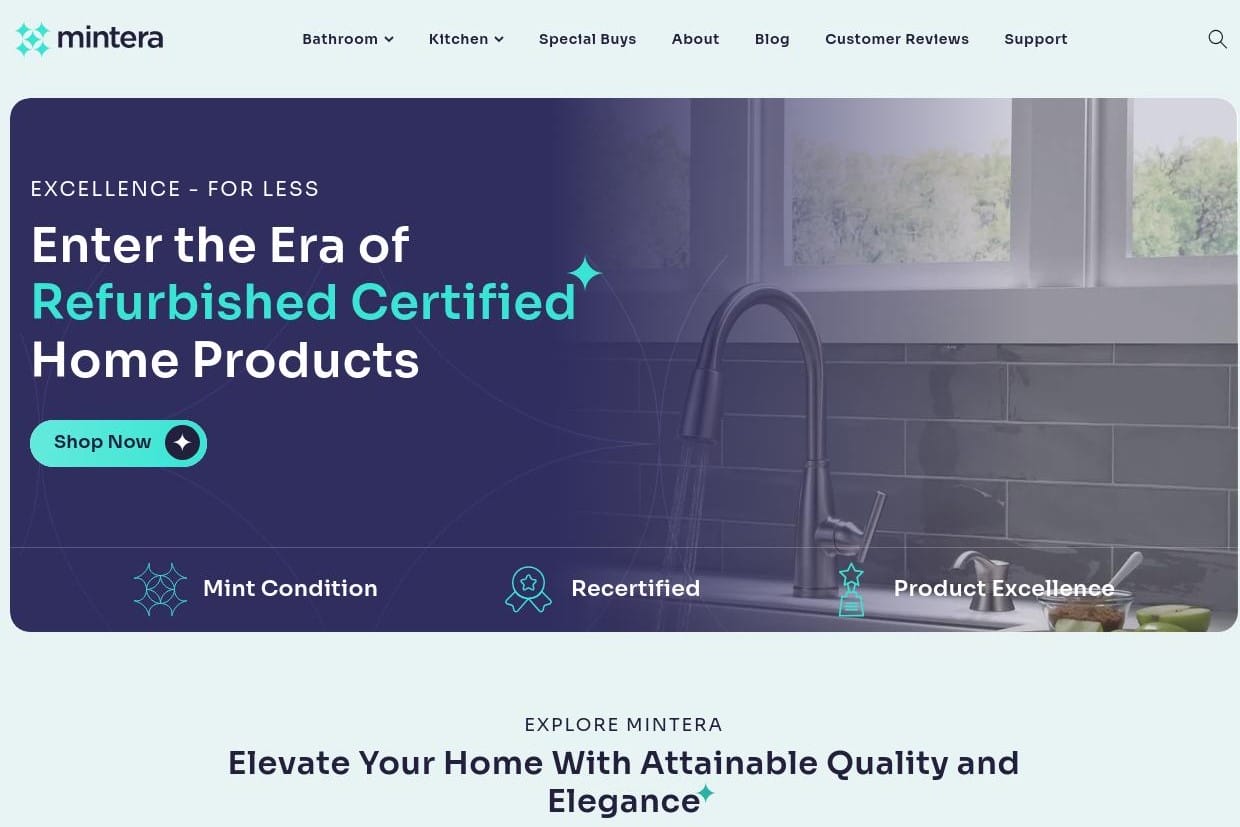
Moreover, we built a strong story on the impact of choosing mint condition and refurbished items to extend the product lifecycle to show the brand’s care for the environment and our future.
As such, Mintera proudly presents its mission to reduce waste and give high-quality products a second chance in people’s lives. The goal is to have a positive impact on the planet, as well as your wallet and home.
This resonates with environmentally-conscious consumers who want to support sustainable practices and contribute to a greener future.
Next up, our client Mezocare offers searching and booking services for healthcare tourism in Mexico for mainly US citizens.

The main feelings we wanted to evoke in our consumers regarding these services were safety, trust and reliability.
We took the end-to-end medical travel concierge angle and created a brand voice and identity around this concept. We used orange and green color tones to evoke trust, positivity and warmth.
With a “You’re Not Alone” approach, Mezocare aims to make the medical tourism process as smooth and stress-free as possible. They offer personalized assistance from start to finish, including help with travel arrangements, accommodations, and appointments.
Create an Emotional Branding Strategy With Digital Silk
While this post has covered the basics of emotional branding, you don’t have to take all the necessary steps on your own.
Let Digital Silk take charge of your branding strategy to facilitate a stronger connection with your target audience.
We offer comprehensive branding services to boost audience awareness and foster strong, trusting relationships with your clients.
With both end-to-end and standalone marketing services, you can expand your brand’s reach and improve the target market’s perception.
Our services include:
- Custom Branding
- Brand Identity
- Brand Marketing
- SEO Services
- Custom Website Design
We treat each project like our own and deliver transparent consultations, active collaboration and tangible results for our clients. We strive to create custom solutions that align with your brand’s values and resonate with your target audience.
Our in-house services help you understand your customers’ needs, build strategic campaigns and define your position in an overly competitive digital landscape.
Contact our team, call us at (800) 206-9413 or fill out the form below to request a quote.
Give us the chance to transform your digital presence and create lasting bonds with your clients.
"*" indicates required fields


